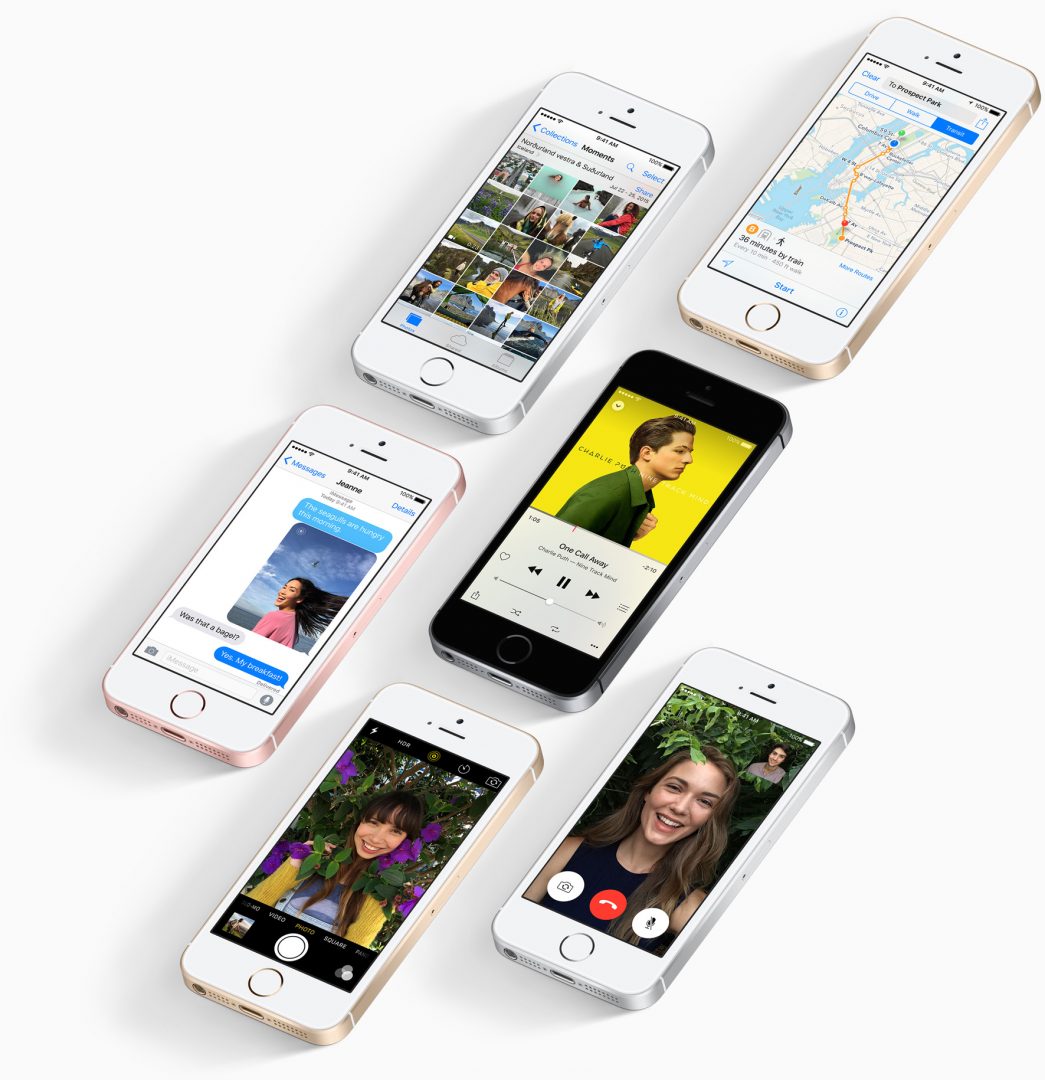

The iPhone SE still gives you that 64GB starting point, alongside 128GB and 256GB options. Besides this you can specify 256GB or 512GB. In terms of storage, the iPhone 13 finally drops the 64GB entry model for a far more appropriate 128GB. The iPhone 13 will still feel fast in a couple of years’ time, whereas the iPhone SE will be showing its age by the same point. What this performance advantage means (aside from superior frame rates in particularly demanding games) is extra headroom.
IPHONE SE VS APPLE IPHONE 12 PRO MAX ANDROID
That Geekbench score remains competitive with some high-end Android phones, and Apple’s legacy support for aging hardware is the best in the business. Not that the iPhone SE (2020) feels slow in general usage. In our own CPU-focused Geekbench 5 multi-core test, the iPhone 13 scored an average of 4688, while the iPhone SE 2020 scores an average of 2992. The result of this hardware disparity, unsurprisingly, is a fairly sizable performance advantage for the newer phone. iPhone 13 vs iPhone SE: specs and performanceĪs we’ve already mentioned, the iPhone 13’s A15 Bionic SoC is two generations ahead of the iPhone SE’s A13 Bionic.Īdded to that is the fact that the iPhone 13 packs 4GB of RAM to the iPhone SE’s 3GB. At a fundamental level, a superior Smart HDR implementation enables richer colors and improved dynamic range.Įlsewhere, Photographic Styles enable you to fundamentally adjust the warmth and tone of your shots, while ‘Cinematic mode’ applies a rack focusing effect to your videos. In addition to a massive sensor advantage, the iPhone 13 also gains several image processing tricks, which are enabled by its superior A15 Bionic chip (the SE is two generations behind with its A13 Bionic). But we wouldn’t choose either phone if you like to zoom in from a distance. Neither phone has a dedicated telephoto lens, but the iPhone 13’s greater clarity and steadiness mean that its cropped 2x shots are superior. The iPhone SE only has the one sensor, so it’s incapable of capturing super-wide landscape shots. The newer phone also has a massive advantage in that it has a secondary 12MP 120-degree ultra-wide sensor. The iPhone SE has OIS, but it’s not in the same league.Ĭombine this with the fact that the iPhone SE (2020) lacks a dedicated Night mode, and you’ll understand why the iPhone 13 has such a massive advantage in low light conditions. Again, it simply scoops up more light.īeyond that, the iPhone 13 has brought in the sensor shift stabilization system from the iPhone 12 Pro Max, which keeps shots much steadier. The iPhone 13 also features a much wider f/1.6 aperture compared to the iPhone SE’s f/1.8 equivalent. It captures 47% more light than the iPhone 12 before it, which in turn lets in way more light than the iPhone SE (2020). While both phones pack 12MP wide sensors, the iPhone 13’s is much larger and more advanced. The iPhone 13 takes much, much better shots than the iPhone SE (2020) in all conditions. There’s nothing that differentiates a flagship phone from an affordable one like the camera system. The rear cameras on the iPhone 13 (Image credit: Apple) It’s not even close, and it’s the area that arguably dates the iPhone SE (2020) the most. That aside, the iPhone 13 screen is by far the better canvas for virtually every type of content. By contrast, the iPhone SE’s notchless display grants you a full, unimpeded view. While the iPhone 13’s notch enables a widescreen aspect ratio, the trade-off is that the notch eats into the usable space. Virtually every 2021 Android phone launched at this price – and even significantly cheaper – sports a higher refresh rate display. This is way less forgivable in the iPhone 13 with its newer design. One way in which the two displays are a match is with their 60Hz refresh rates. Even with that extra real estate, this equates to a far superior pixel density of 460 ppi to the iPhone SE’s 326 ppi. The iPhone 13 screen is also much sharper at 2532 x 1170 compared to the iPhone SE’s 1334 x 750. It’s an OLED panel rather than the SE’s IPS LCD, which means it’s far more vibrant and color-accurate. Really, the iPhone 13 screen is on a different level in almost every way. At 4.7-inches, the iPhone SE (2020) screen is rather tiddly by modern standards. The main reason the iPhone 13 is physically larger than the iPhone SE (2020), of course, is because it has a much bigger 6.1-inch display.


 0 kommentar(er)
0 kommentar(er)
